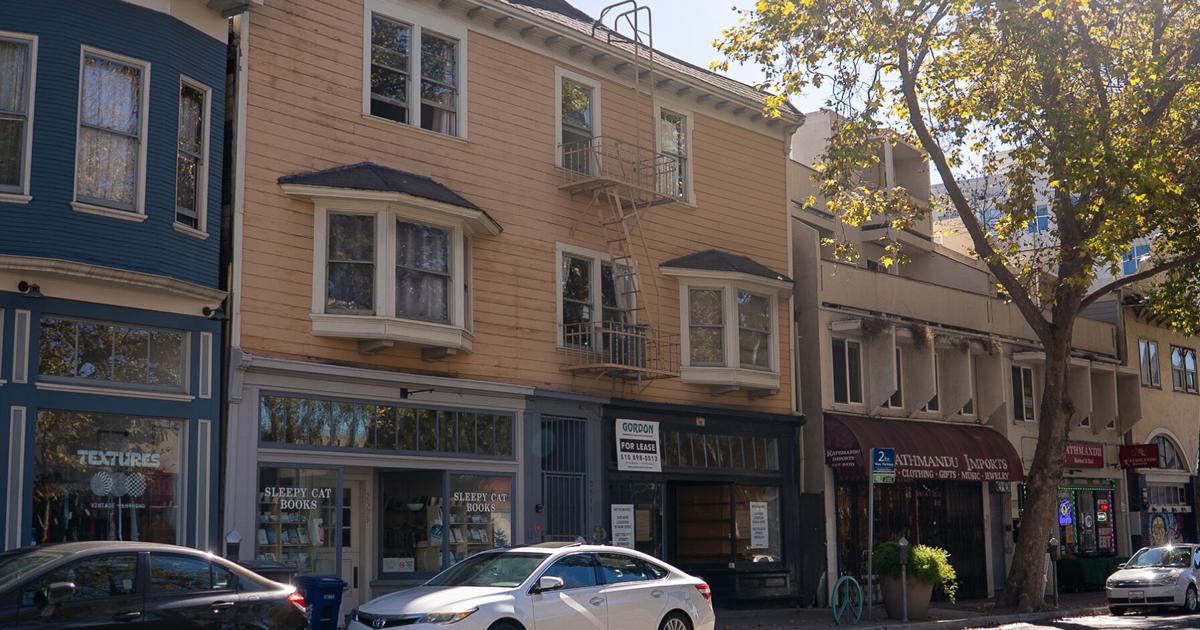The Berkeley City Council will vote on approving the recommended conceptual design — Concept 3B — for the Telegraph Avenue Multimodal Corridor Project on Oct. 28.
If approved, the project, which aims to develop plans for transportation and pedestrian safety on Telegraph Avenue, will be able to proceed with the detailed engineering design.
According to the recommendation sent to the City Council, Telegraph Avenue is recognized by the Berkeley Vision Zero Action Plan — part of a city program that aims to eliminate fatal and severe car crashes — as a high-injury street.
This project, according to the recommendation, would allow for the construction of “capital-intensive and quick-build safety projects,” which will help build and redesign the street to be safer for all residents. The project corridor includes the portion of Telegraph Avenue from Dwight Way to Woolsey Street, which borders Oakland.
“The connection between Southside and Downtown Oakland is a really important one,” said District 7 Councilmember Cecilia Lunaparra. “Adding dedicated and protected bike lanes and incorporating the needs of transit riders and pedestrians … is hopefully going to prevent traffic violence and the danger that Telegraph (Avenue), as it is right now, currently poses.”
The goals of the project, according to a presentation made to the Transportation and Infrastructure Commission in September, include improving transit times, meeting Vision Zero policy goals and configuring a new strategy for curb management.
Concept 3B removes one travel lane in each direction of the road and creates a continuous center turn lane, protected bike lanes, bus-only lanes and bus boarding islands. The design replicates the one approved by the Oakland City Council with certain modifications.
According to the recommendation sent to the Berkeley City Council, city staff recommended Concept 3B over others because it prioritizes traffic and pedestrian safety, maintains the most parking and loading spaces and aligns with stakeholder feedback, among other reasons.
Chayne Zavisza-Hollis, the president of Telegraph for People, a student organization that fights for less car-centric infrastructure, said the group has been monitoring and discussing the project.
“Bike lanes that are protected by parking should be the standard,” Zavisza-Hollis said. “Cars will often not look at you when they’re trying to get to the parking spot.”
Project planners reviewed feedback from multiple stakeholders including the fire department and the Commission on Disability. They also put out an online public survey which was open from June 11 to July 3, gathering over 500 responses regarding feedback on the current design plans.
According to the survey, 51% of respondents believed that pedestrian safety was the “most important” to them, among options such as transit speed, disabled-person access and on-street parking. At the time of the survey, 54% of respondents preferred Concept 3B over other concepts.
Concept 3B was developed in response to the feedback received from the public outreach period, adding bus-only and queue-jump lanes to improve transit service.
As for the project’s timeline, the detailed engineering phase is expected to be completed December 2026, followed by final design and construction phases.
“I’m very excited about (the project),” Lunaparra said. “I know that our Public Works department has taken a lot of feedback into consideration, including campus organizations and the ASUC, as well as some of our business owners or organizations for disability justice. I’m really excited for this to move forward.”

